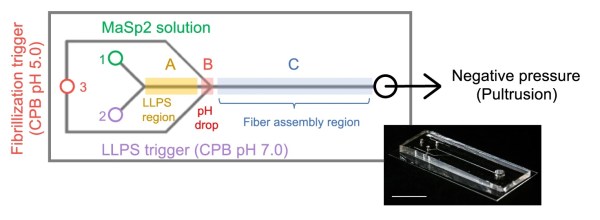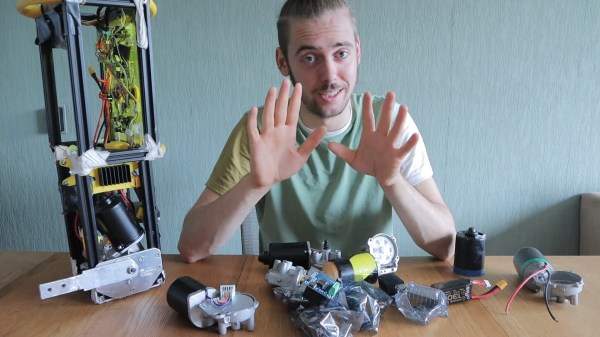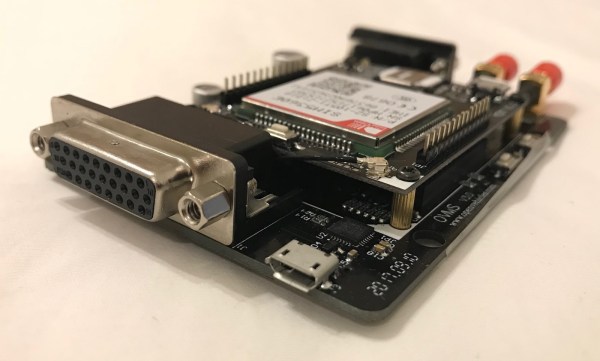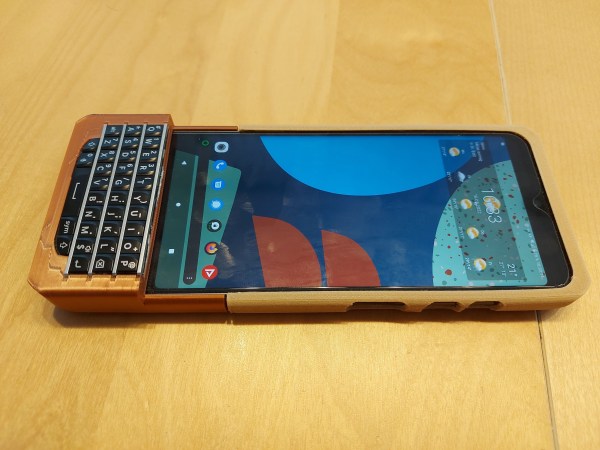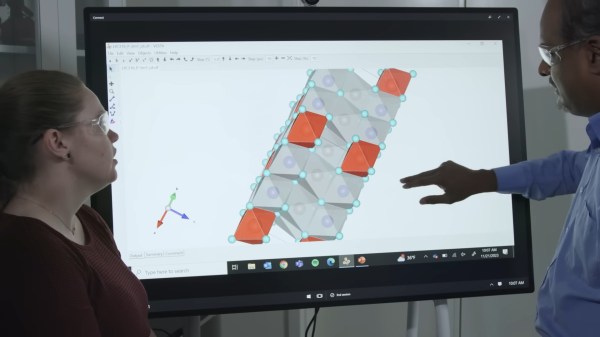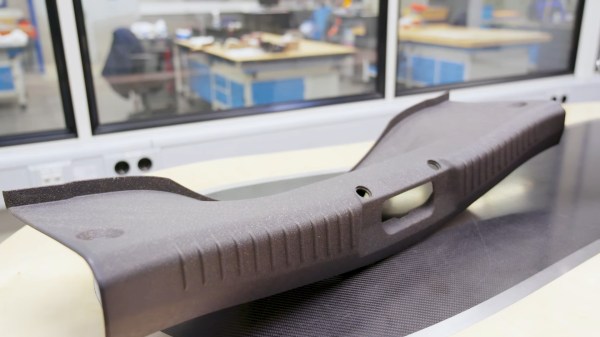While spider silk proteins are something you can make in your garage, making useful drag line fibers has proved a daunting challenge. Now, a team of scientists from Japan and Hong Kong are closer to replicating artificial spider silk using microfluidics.
Based on how spiders spin their silk, the researchers designed a microfluidic device to replicate the chemical and physical gradients present in the spider. By varying the amount of shear and chemical triggers, they tuned the nanostructure of the fiber to recreate the “hierarchical nanoscale substructure, which is the hallmark of native silk self-assembly.”
We have to admit, keeping a small bank of these clear, rectangular devices on our desk seems like a lot less work than keeping an army of spiders fed and entertained to produce spider silk Hackaday swag. We shouldn’t expect to see a desktop microfluidic spider silk machine this year, but we’re getting closer and closer. While you wait, why not learn from spiders how to make better 3D prints?
If you’re interesting in making your own spider silk proteins, checkout how [Justin Atkin] and [The Thought Emporium] have done it with yeast. Want to make your spider farm spiders have stronger silk? Try augmenting it with carbon.

